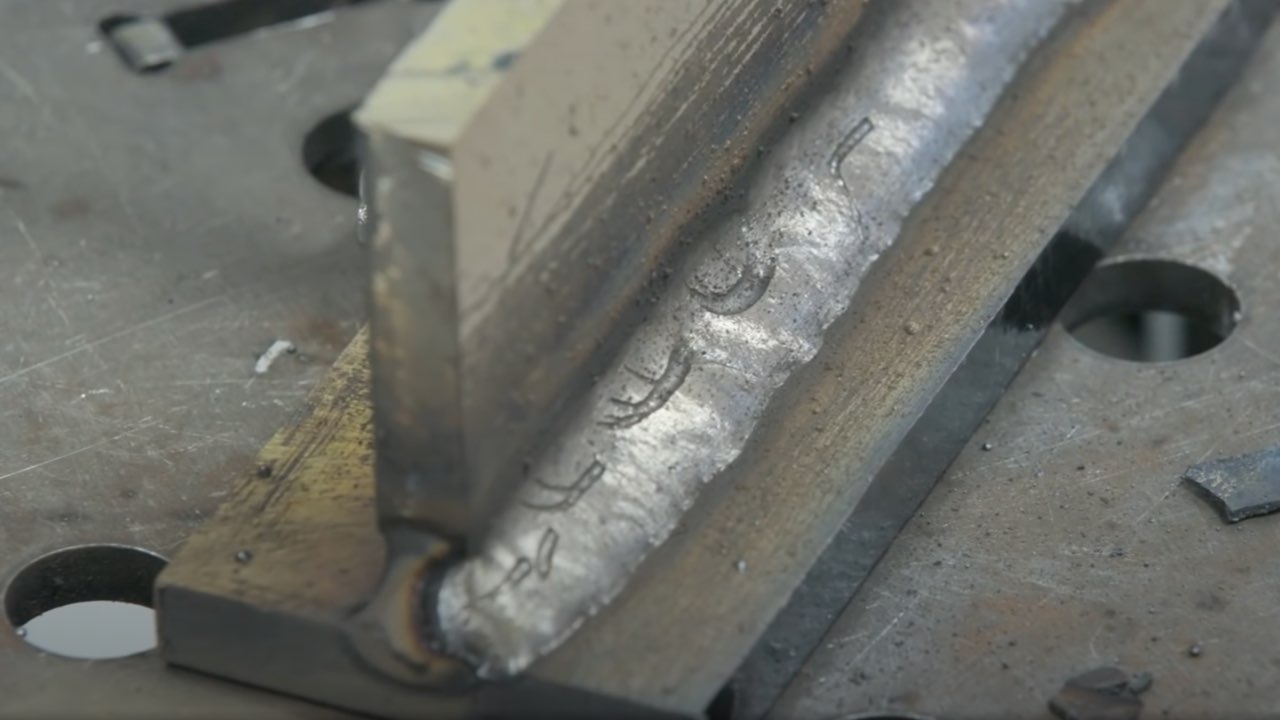Comprehending Porosity in Welding: Exploring Reasons, Effects, and Prevention Methods
Porosity in welding is a relentless difficulty that can considerably influence the quality and stability of welds. As experts in the welding sector are aware, comprehending the reasons, results, and prevention strategies related to porosity is vital for attaining durable and reliable welds. By delving right into the root triggers of porosity, analyzing its damaging impacts on weld quality, and exploring efficient prevention approaches, welders can enhance their understanding and skills to generate high-grade welds continually. The elaborate interaction of elements contributing to porosity needs an extensive understanding and a positive method to make sure successful welding end results.
Typical Root Causes Of Porosity
Contamination, in the form of dirt, oil, or rust on the welding surface, develops gas pockets when heated up, leading to porosity in the weld. Improper securing occurs when the shielding gas, frequently made use of in procedures like MIG and TIG welding, is not able to completely protect the liquified weld swimming pool from reacting with the bordering air, resulting in gas entrapment and subsequent porosity. Additionally, poor gas insurance coverage, often due to inaccurate flow prices or nozzle positioning, can leave components of the weld vulnerable, allowing porosity to develop.
Results on Weld High Quality
The existence of porosity in a weld can considerably endanger the overall high quality and honesty of the bonded joint. Porosity within a weld produces spaces or cavities that damage the structure, making it a lot more at risk to splitting, corrosion, and mechanical failure. These gaps work as tension concentrators, decreasing the load-bearing ability of the weld and boosting the possibility of premature failure under applied anxiety. Furthermore, porosity can also serve as possible websites for hydrogen entrapment, further intensifying the destruction of the weld's mechanical residential or commercial properties.
Moreover, porosity can prevent the performance of non-destructive testing (NDT) strategies, making it challenging to discover other defects or stoppages within the weld. This can lead to significant safety and security issues, particularly in critical applications where the structural integrity of the welded parts is paramount.

Prevention Techniques Review
Given the harmful effect of porosity on weld top quality, efficient avoidance techniques are vital to maintaining the architectural honesty of welded joints. Among the main avoidance techniques is extensive cleaning of the base products before welding. Impurities such as oil, grease, rust, and moisture can add to porosity, so guaranteeing a tidy job surface area is important. Appropriate storage space of welding consumables in completely dry problems is also critical to protect against dampness absorption, which can cause gas entrapment during welding. Furthermore, picking the appropriate welding criteria, such as voltage, existing, and take a trip speed, can help decrease the risk of porosity development. Making sure sufficient shielding gas circulation and insurance coverage is an additional crucial prevention strategy, as inadequate gas protection can result in atmospheric contamination and porosity. Lastly, proper welder training and qualification are important for applying safety nets successfully and consistently. By integrating these prevention methods into welding methods, the event of porosity can be dramatically lowered, resulting in stronger and more reliable bonded joints.
Relevance of Correct Shielding
Proper shielding in welding plays a critical role in preventing atmospheric contamination and making certain the integrity of welded joints. Protecting gases, such as argon, helium, or a mixture of both, are typically made use of to protect the weld swimming pool from reacting with elements airborne like oxygen and nitrogen. When these reactive elements enter into contact with the warm weld pool, they can create porosity, bring about weak welds with lowered mechanical residential or commercial properties.

Insufficient securing can cause different flaws like porosity, spatter, and oxidation, jeopardizing the structural honesty of the bonded joint. Adhering to correct shielding techniques is essential to produce premium welds with very little defects and guarantee the durability and dependability of the welded components.
Tracking and Control Approaches
Exactly how can Read Full Report welders successfully check and control the welding process to ensure optimum results and prevent defects like porosity? One key approach is through the use of innovative tracking modern technologies. These can include real-time surveillance systems that give this post responses on parameters such as voltage, existing, travel rate, and gas circulation rates. By continuously monitoring these variables, welders can recognize inconsistencies from the excellent conditions and make instant modifications to stop porosity formation.

Furthermore, carrying out proper training programs for welders is important for checking and controlling the welding procedure properly. What is Porosity. Enlightening welders on the significance of keeping regular parameters, such as appropriate gas protecting and take a trip speed, can aid stop porosity concerns. Regular assessments and accreditations can additionally make sure that welders excel in tracking and regulating welding procedures
Additionally, the use of automated welding systems can improve tracking and control abilities. These systems can exactly manage welding criteria, lowering the likelihood of human error and making sure consistent weld high quality. By combining innovative surveillance modern technologies, training programs, and automated systems, welders can properly monitor and control the welding process to reduce porosity issues and attain high-grade welds.
Conclusion

Comments on “What is Porosity in Welding: Common Sources and Effective Treatments”